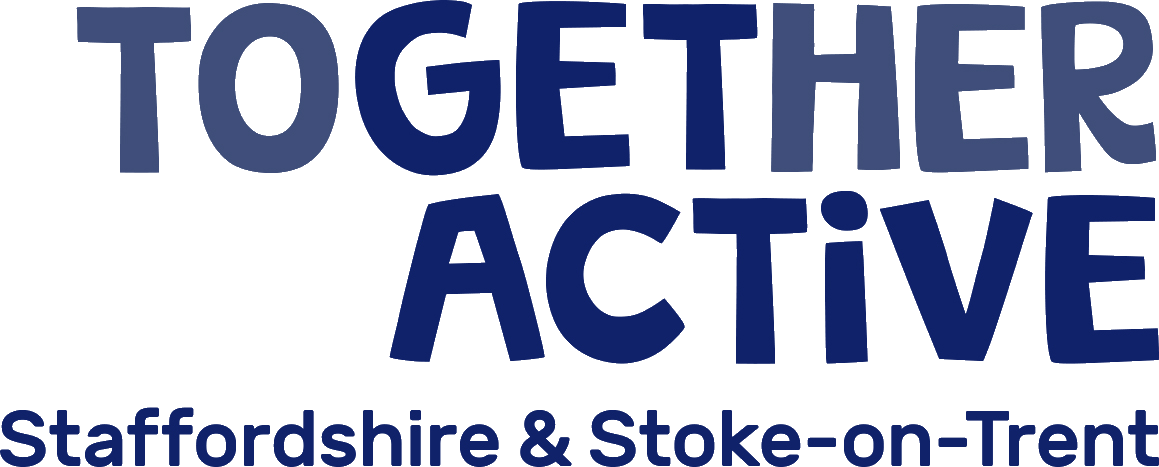Sport England Update – Dec 2015
NEW Community Assets Guidance
Taking control of sports assets can help your club grow; develop new opportunities; secure their future and be more engaged with other local people and organisations, placing your club at the heart of your communities.
An interactive guide has been developed to help you understand your community rights. The guide is based on a written report authored by Dr. Adam Brown, Substance and Tom Hall, Sporting Assets. Access the individual sections of the guide by clicking on the buttons below or, alternatively, download the full guide by clicking here.
Please note you will first need to have registered and logged-in to access the resources.
Source of information View what the SRA says about Community Rights and Sport (8 December 2015)
Active People Survey 9 results – Latest figures reveal more women getting active
Our latest Active People Survey results reveal the number of people playing sport regularly has increased. More women are getting active, but there’s more to be done for disabled people and those on lower incomes.
Less than a year into the This Girl Can behaviour change campaign, the number of women playing sport and getting active once a week, every week, has increased by 148,700.
The results support the need to think about target audiences as individual consumers, understanding the things that get in the way of their taking part in sport and their motivations.
The increase in the number of women playing sport has driven an overall increase in the number of people regularly playing sport. This stands at 15.74 million in the 12 months to the end of September, up by 245,000 compared to the previous figures published in June.
Overall, it is an increase of 1.65 million since we won the right to host the London 2012 Games and brings levels back to where they were this time last year (15.71 million).
The requirement for a change in approach and focus on the needs of individual consumers is seen starkly in the figures for lower socio-economic groups and disabled people, where the numbers are low and remain static:
- Lower socio economic groups – 25.9 per cent of people in the lowest socio economic groups (known as NSSEC 5-8) play sport once a week, a very small increase on the 25.7 per cent in June 2015. This compares to more affluent socio economic groups where 39.1 per cent of people are now active.
- Disabled people – 17,500 more disabled people are playing sport once a week, now at 1.58 million (17.2 per cent), meaning that a disabled person is still half as likely to play sport as a non-disabled person.


